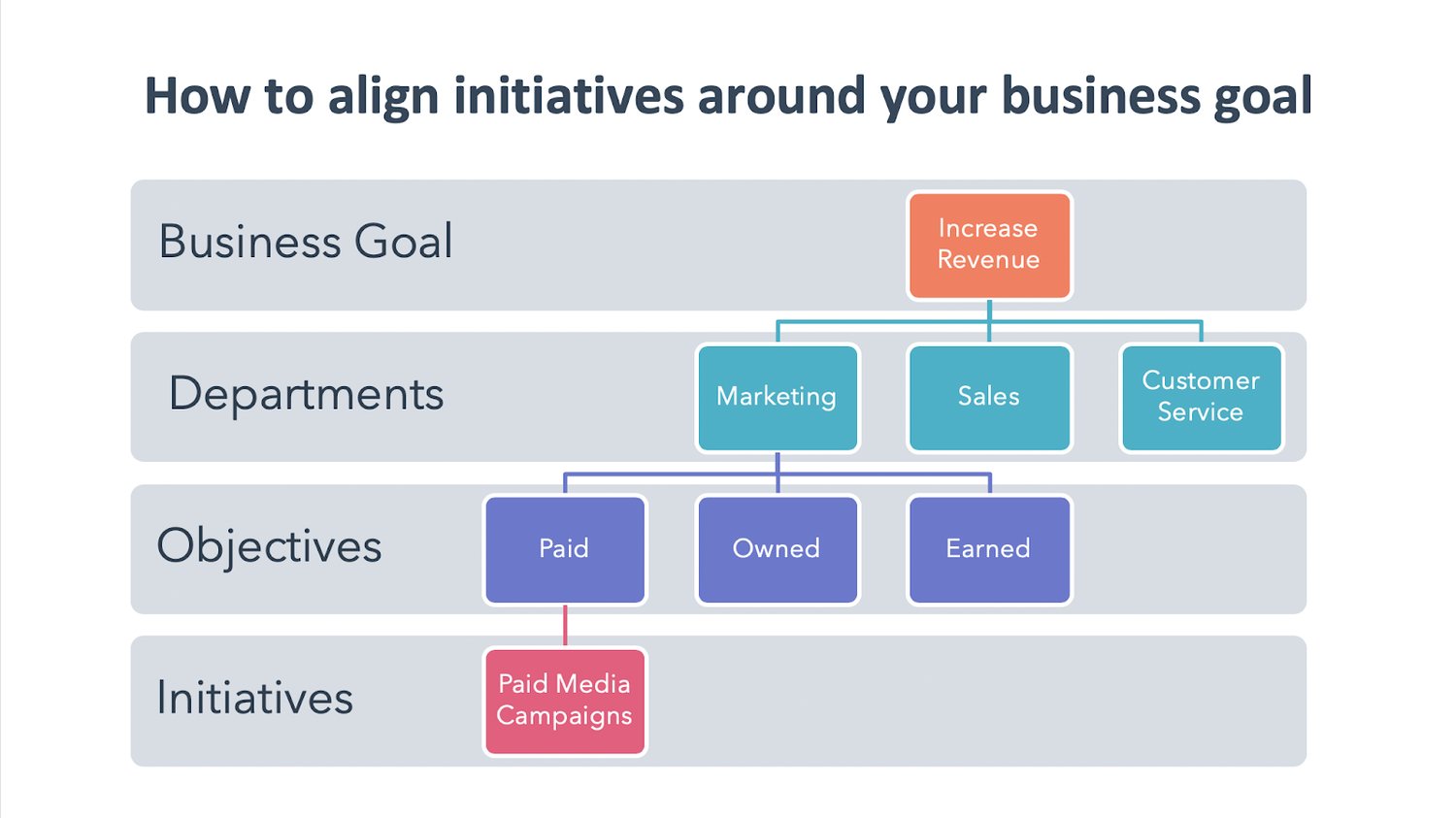How Much You Should Actually Spend on Digital Advertising in 2020
If you clicked on this post hoping to read something like "If you spend $1,000 dollars on digital advertising a month, you'll hit your marketing goals easily!" I'm sorry to disappoint.
When it comes to ad spend, there just isn't a perfect answer for every business. I know, it sounds like a cop-out, but I promise you it's true.
Now, you might be thinking, So, why am I even reading this post, anyway?
While I can't tell you how much money you should spend on digital ads this year, I can walk you through a framework to help you decide on your own optimal ad spend.
Sign up for HubSpot Academy's Ads Training Course
[Free Online Course]
Ultimately, here's what you should think about when deciding how much you should spend on digital advertising:
- How much investment is needed in order to hit my revenue goals?
- What percentage of my marketing budget can I realistically afford to spend?
- What is the lifetime value (LTV) of my average customer?
- How well am I converting website visitors into leads, and leads into customers?
- How much money am I spending on each bid?
At the end of this post, you'll know how to use historical data to determine how much money you need to spend to hit your business goals and how to optimize your efforts to get the most out of each advertising dollar. Sound good? Let's jump in.
1. How much investment is needed to hit revenue goals?
So — where do you start?
Well, the primary goal for most businesses is to generate sustainable long-term revenue growth. That's why, when determining how much to invest in digital advertising, you should work backward from your company's revenue goals.
Working backward can help you determine how much revenue your digital ads are responsible for bringing in, which can inform how much investment you need to make that goal reality.
Here's what this might look like:
It all starts at the top with your business goal, which is most likely to increase revenue. You'll have many departments working together to achieve this overarching goal, including marketing, sales, and customer service. By taking a look at historical performance across your business, you can identify what percentage of revenue each department is able to deliver.

Within marketing, you'll have multiple objectives that feed into marketing's responsibility, including paid, owned, and earned objectives. You'll launch a number of initiatives to support this business goal, including paid media campaigns.
To understand this concept, let's walk through an example. Let's say your business has the goal of increasing revenue by $100,000 this year. From historical performance, the business makes the marketing department responsible for 50% of this goal. Great — now, what initiatives are you going to launch to bring in that $50,000 revenue?
Well, digital ads are going to be only one of the many tactics you launch, all of which will need investment. Based on the historical performance of your ad campaigns, you know that you have an average $2.50 return on ad spend (ROAS). This means, for every $1 advertising dollar you invest, you make $2.50.
If you think that your other marketing campaigns on owned and earned channels can impact 75% of marketing's overall goal, that leaves 25% for you to hit with ads, or $12,500. Divide this by your ROAS of $2.50 and you'll find that you need to invest $5,000 throughout the year to hit your revenue goals.
Comments
Post a Comment